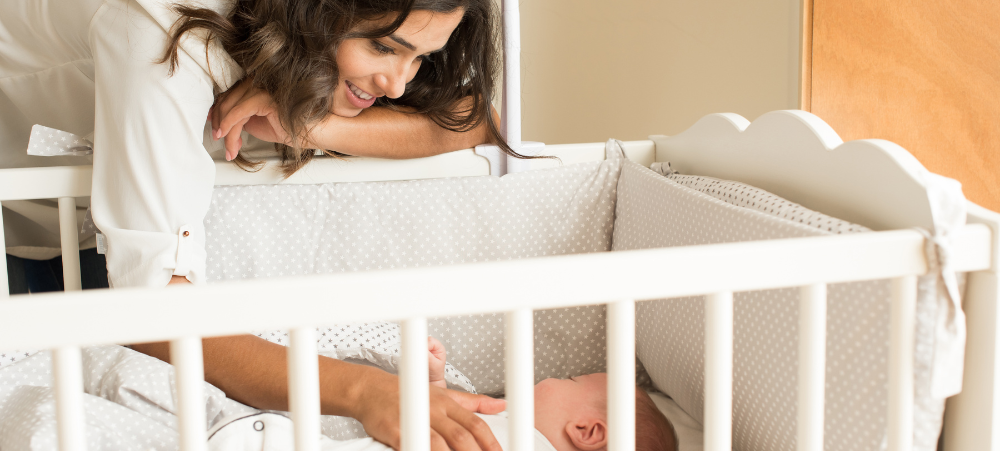Newborns keep their little hands in a tight fist most of the time when they are alert, opening them when asleep. They have a reflex known as the grasp reflex. This is evident when you place something in their little hand and the baby grasps it quite tightly straight away. A newborn baby also stretches her arms out to reach for something held in front of her, however, her coordination is not quite developed enough for her to actually grab hold of the object. This means that your baby cannot control the movement of the object placed in her hand and may well hit herself in the face with it in an awkward jerk.
At about three months, your baby will have her hands open more often and her grasp is not as tight and sometimes she won’t even grasp hold of the object. This is because she can now voluntary grasp what she chooses. As her coordination improves through practice, she will soon be reaching and grasping what she wants. Since her eyes are focusing much better, she will show excitement when she sees something that she wants by jerking her arms and legs. When she gets hold of something, she usually takes it straight to her mouth.
To begin with, your baby will grasp hold of objects using all her fingers and pressing the object into the palm of her hand. At around 6 months she will be able to hold small, light items in her fingers. She will spend time looking at the object as if studying it. She will move it about to see if it makes a noise.
By one year she will be able to hold objects using the pincer grip. This is evident when she uses the tip of her index finger against the tip of her thumb. The pincer grip will become stronger in the preschool years and by the time your baby goes to school; the pincer grip will be strong enough to manage detailed fine motor skills.
Reaching for and grasping hold of objects assists your baby in learning about the world. Through practice, she will learn to manipulate objects in new ways by squeezing, pulling, twisting, crumpling and tearing.
- Kangaroo care and its benefits - September 27, 2024
- Budgeting with children - September 25, 2024
- Top ways to balance work and parenting - September 19, 2024




